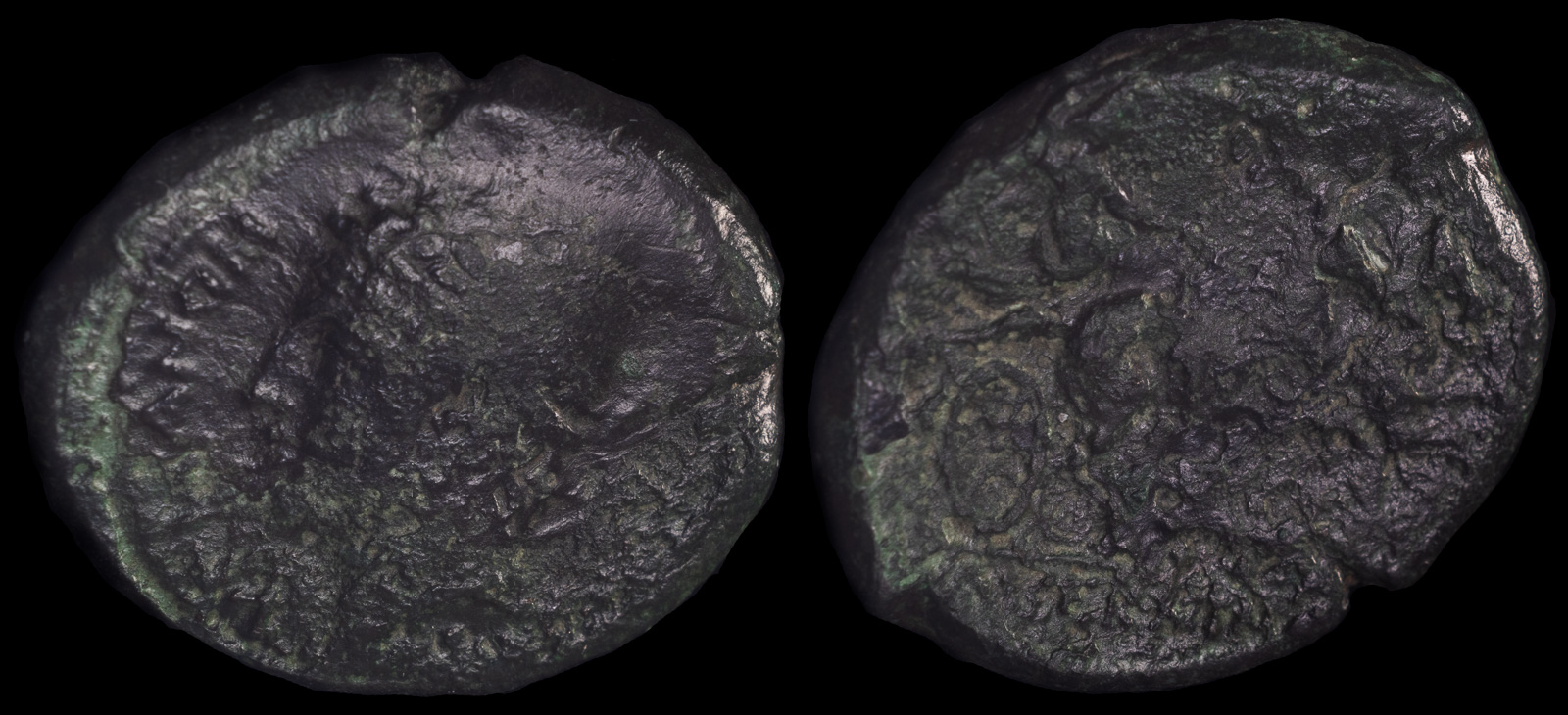Galloping
View All Tags
Horses were often linked to wealth and prestige, particularly in the context of aristocratic families who owned horse-drawn chariots or maintained stables for racing. The horse races, especially those held during Panhellenic Games like the Olympic Games, were an important social event, and a victory in such races was seen as a mark of both personal achievement and divine favor. Depicting a galloping horse on coinage was thus a way to emphasize the elite status of the ruling class or the city-state issuing the coin. For example, cities like Phocaea and Syracuse featured galloping horses on their coinage to signal their wealth, power, and connection to the aristocratic lifestyle, while also celebrating the military and athletic prowess of the people.
Moreover, the galloping horse symbolized victory, particularly in military conquests. The association between horses and warfare was profound, with cavalry often playing a pivotal role in ancient battles. Horses, especially cavalry horses, were viewed as the vehicle of military success, and a galloping horse on a coin could signify not only the prowess of the cavalry but also the military might of a particular city-state or ruler. For example, coins minted by cities in Asia Minor during the Hellenistic period frequently featured images of horses to commemorate military victories or to showcase the strength of the ruler’s army.

Aesernia, Samnium 263-240 BCE
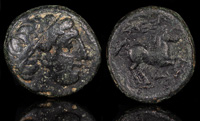
Alexander II 370-367 BCE

Ariaramnes 280-230 BE
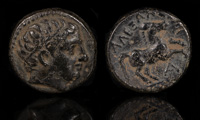
Bucephalos 336-323 BCE

Choma, Lykia ca 1st century BCE
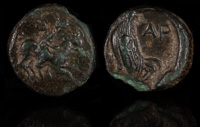
Dardanos, Troas 300-200 BCE
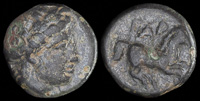
Gargara, Troas 3rd-early 2nd centuries BCE
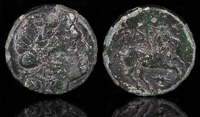
Gargara, Troas 4th century BCE
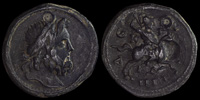
Isinda, Pisidia 100-0 BCE
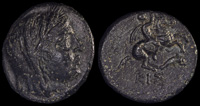
Kisthene, Mysia 4th century BCE
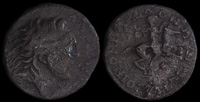
Koinon of Macedon 220-244 CE
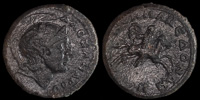
Koinon of Macedon 222-235 CE

Koinon of Macedon 222-235 CE
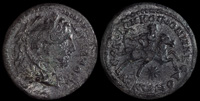
Koinon of Macedon 239-244 CE

Koinon of Macedon 239-244 CE
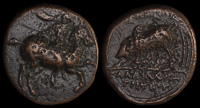
Magnesia ad Maeander 350-200 BCE
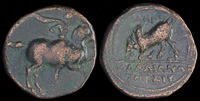
Magnesia ad Maeander ca 350-200 BCE
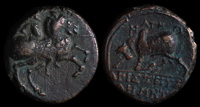
Magnesia ad Maeander, Ionia 350-200 BCE

Magnesia ad Maeandrum 350-200 BCE

Magnesia ad Maeandrum 350-200 BCE

Magnesia ad Meander, Ionia 350-200
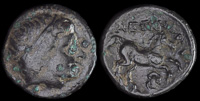
Orchomenos(?) 336-323 BCE
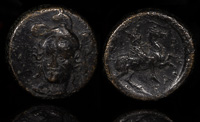
Pharsalos, Thessaly 4th-3rd cent BCE
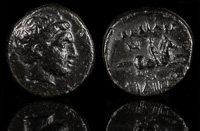
Philip IV 4th – early 3rd BCE
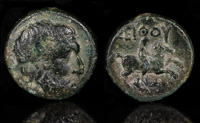
Seuthes III, Thrace 324-312 BCE
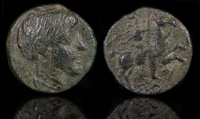
Skostokos, Thrace 277-260 BCE
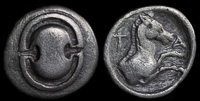
Tanagra, Boeotia 4th century BCE

Teisiphon, Pherai 359-353 BCE
